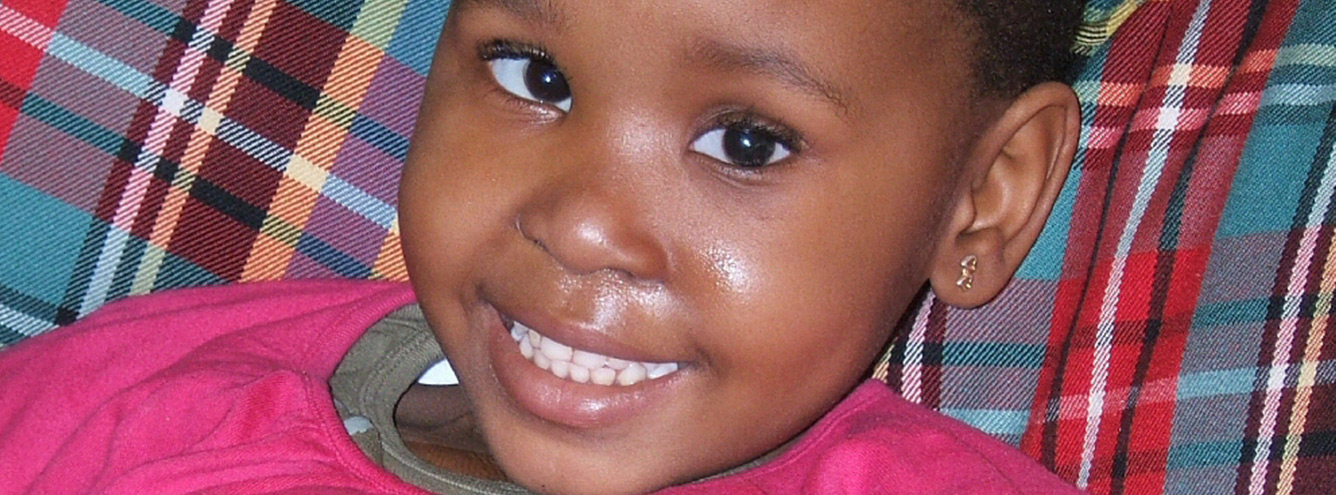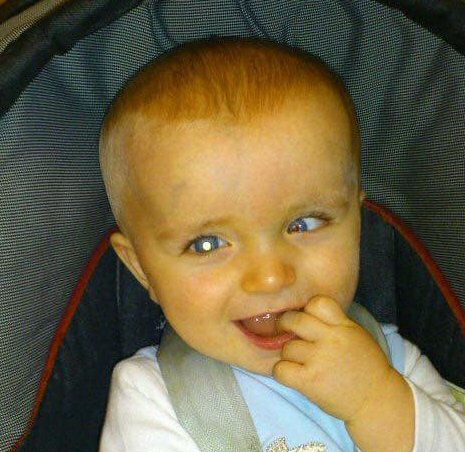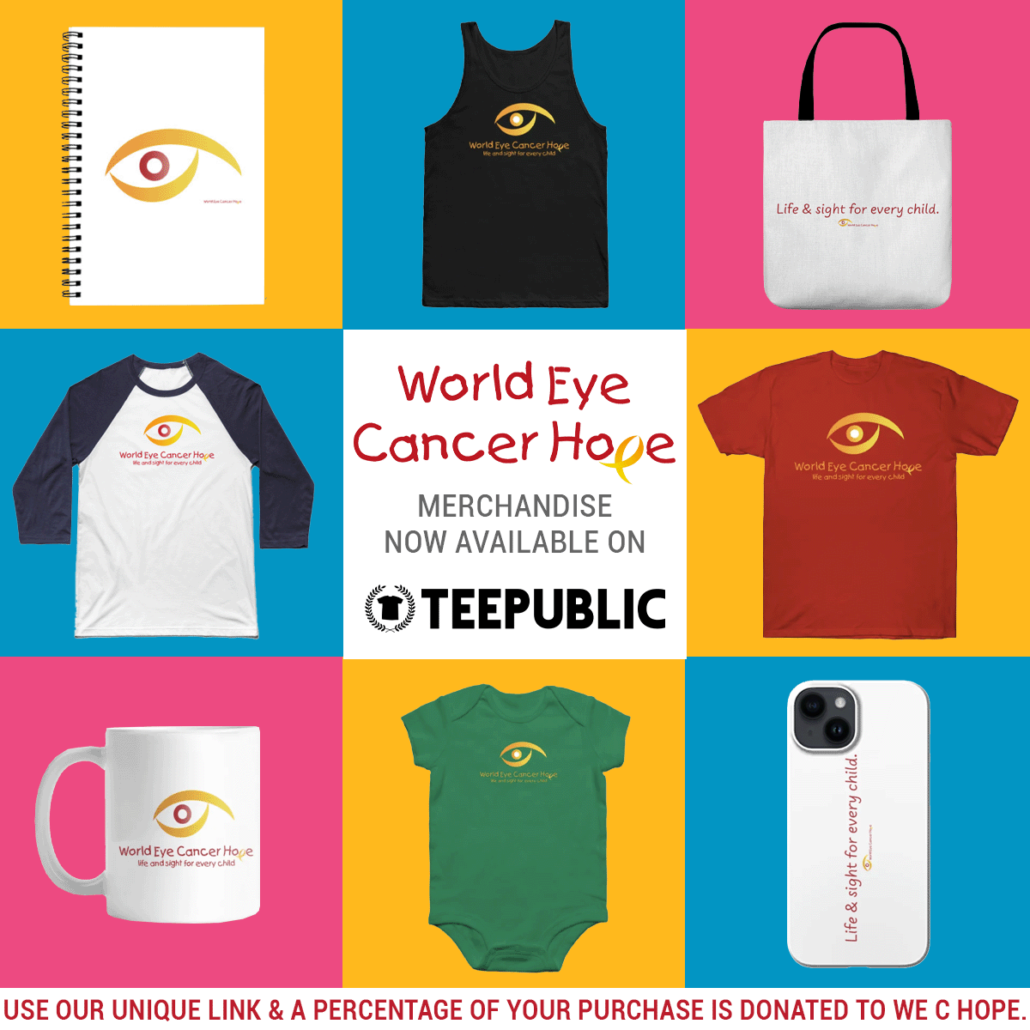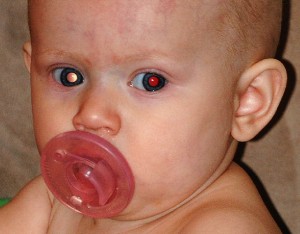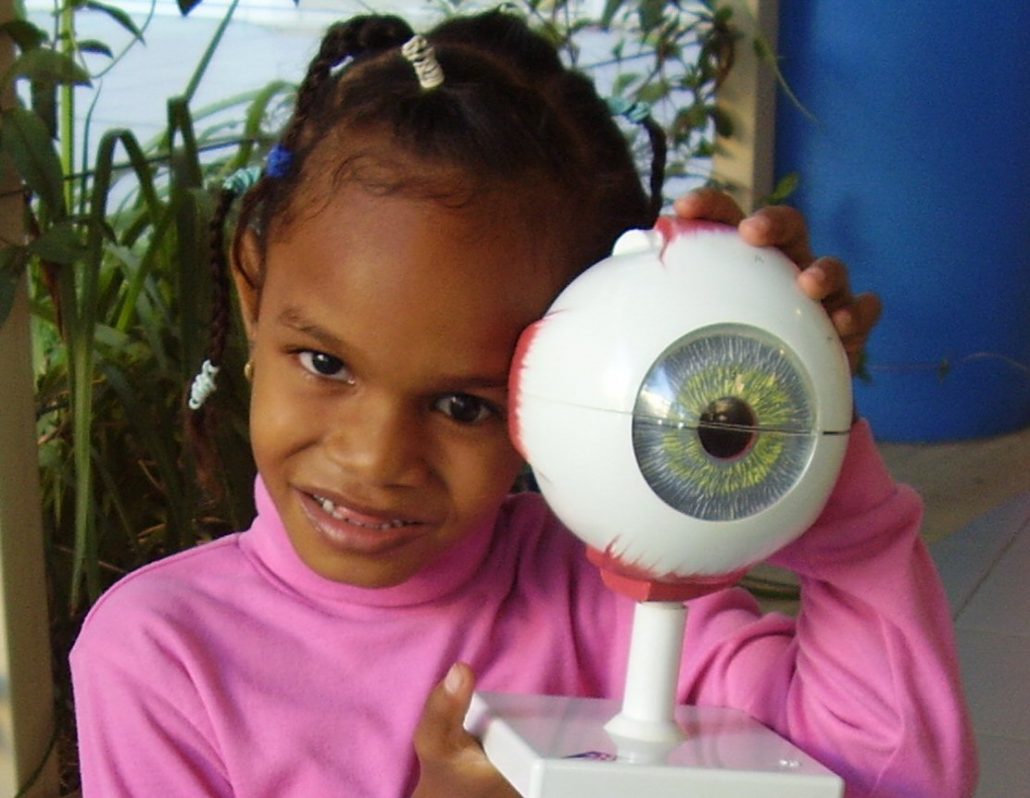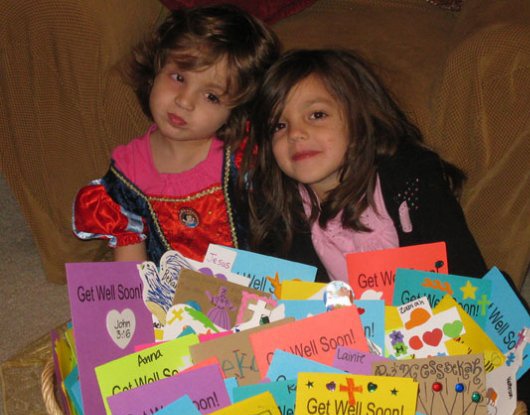Inspired by
Daisy & Rati
Join Us at One Rb World in Hawaii, October 15-17, 2024!
WE C Hope USA is hosting the 7th One Retinoblastoma World meeting, October 15-17 in Honolulu, Hawaii, right before the 56th World Congress of the International Society of Paediatric Oncology. Please join us!
Uniting parents, survivors, medical professionals and scientists from around the wortd, we share knowledge and experience, build community, and collaborate to advance acute and lifelong care, and access to care, for all. Kids have their own One Rb World Child Life program of activities too!
Read more and register for this unique event!
WE C Hope for all children with eye cancer, families & survivors.
 Increasing access to specialist care will bring the promise of life and sight to every child, and improved life-long health to survivors. This is our mission. We:
Increasing access to specialist care will bring the promise of life and sight to every child, and improved life-long health to survivors. This is our mission. We:
- Educate the public and medical community about retinoblastoma to achieve early diagnosis and rapid referral to specialist care
- Empower medical teams to deliver sustainable high quality evidence-based care for affected children and adult survivors.
- Enable family support programs that reduce practical and emotional burdens and improve access to essential care

